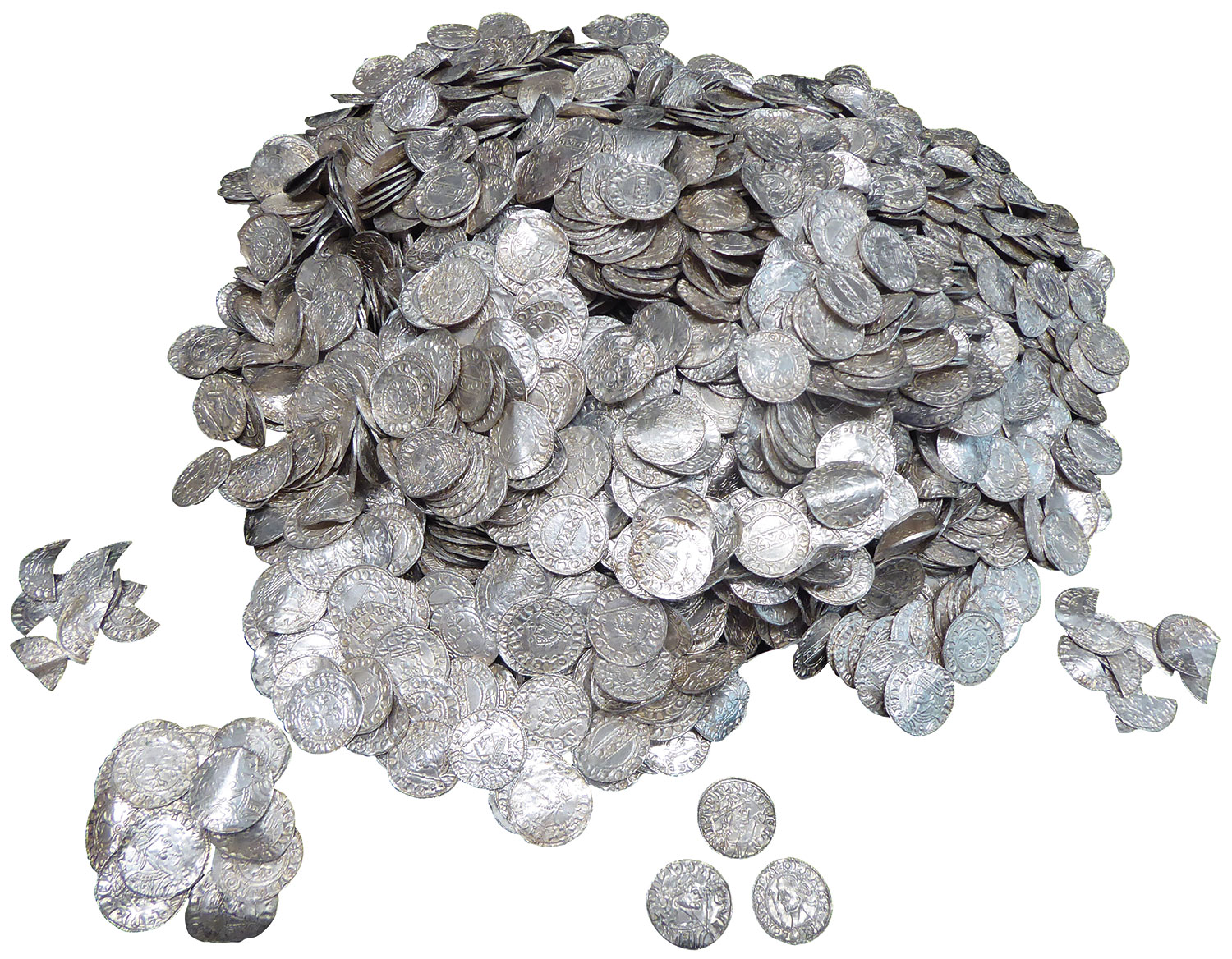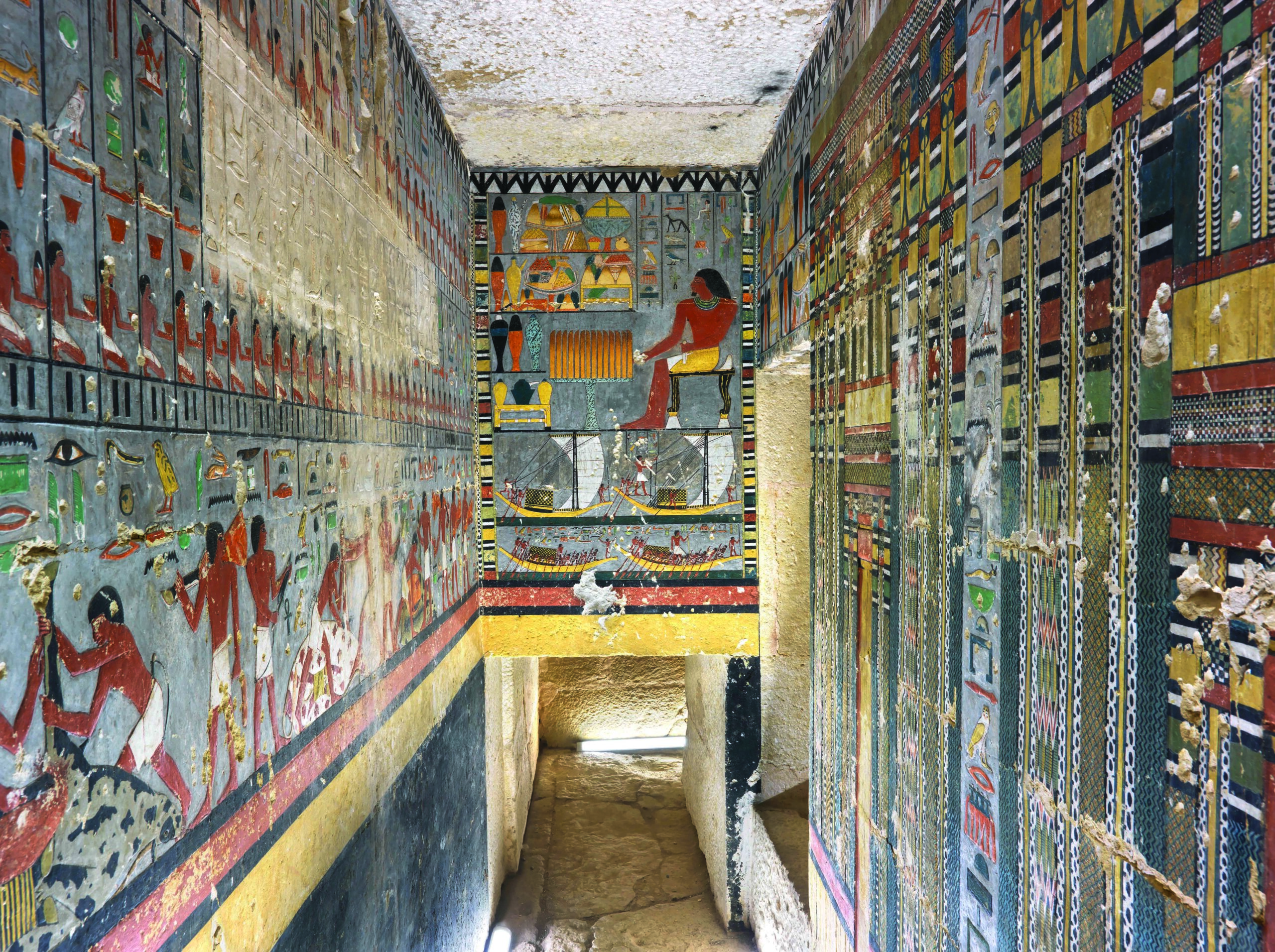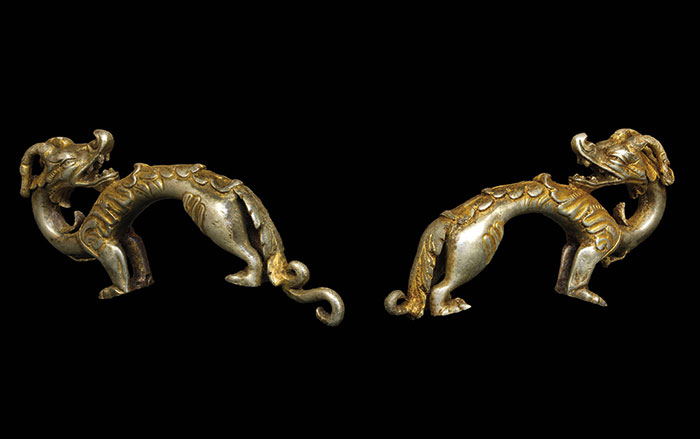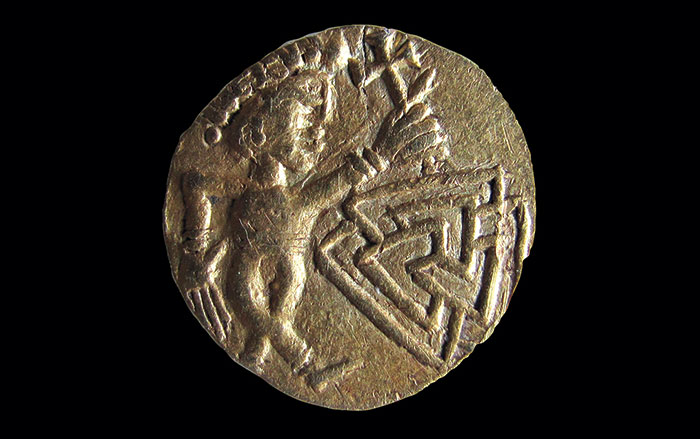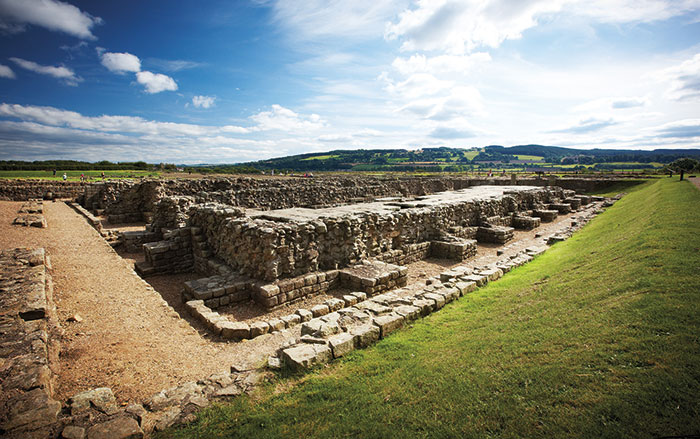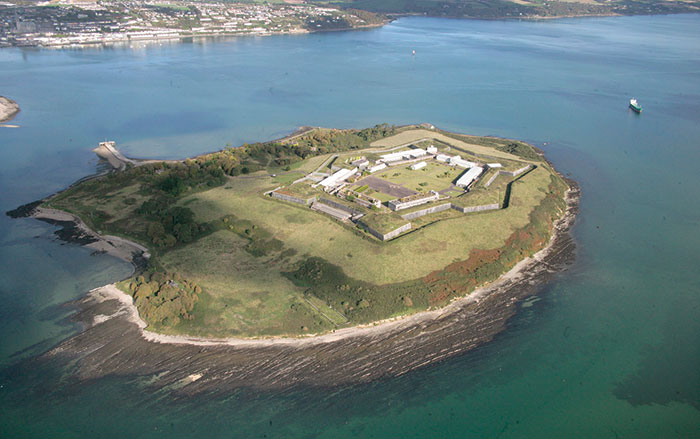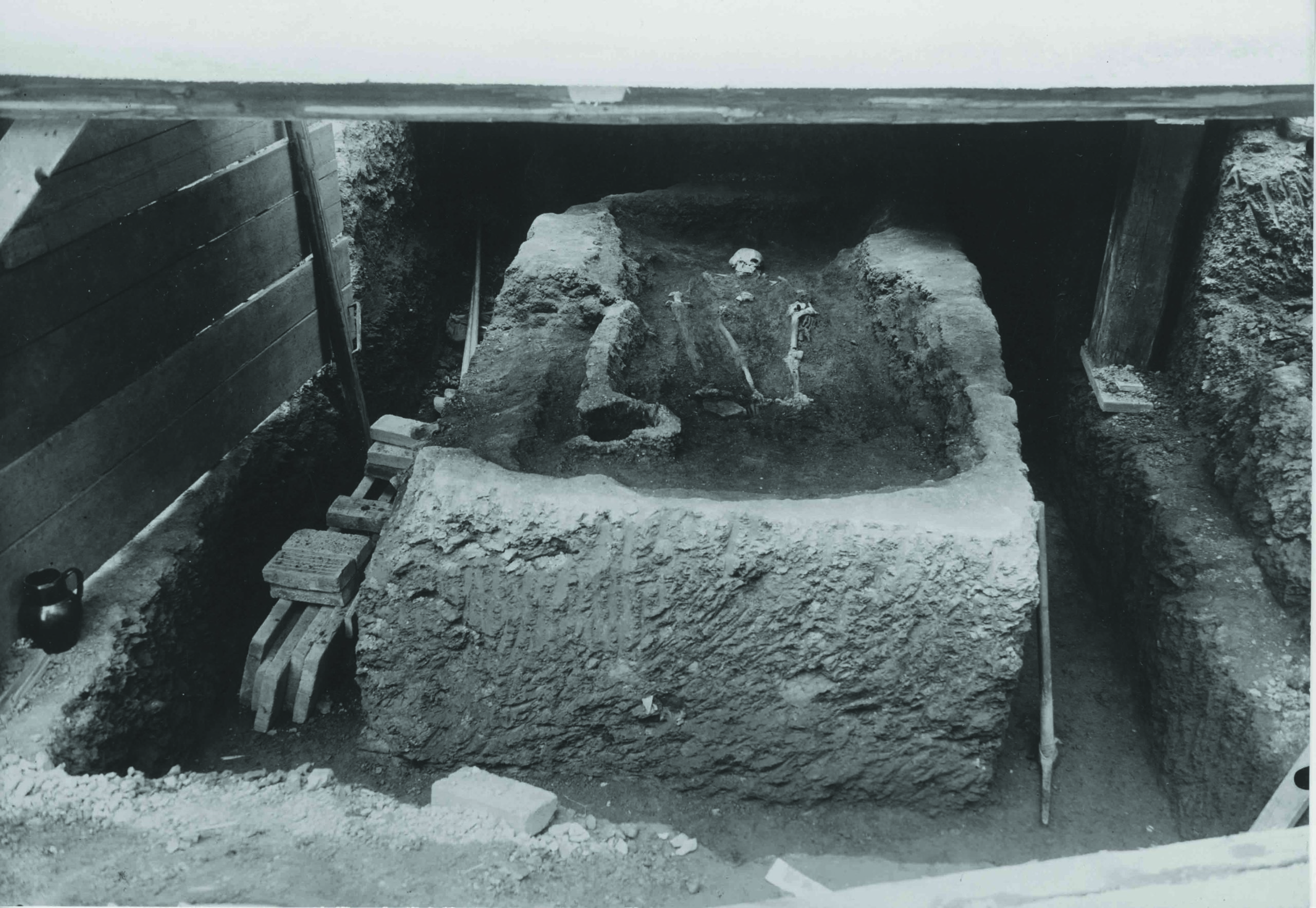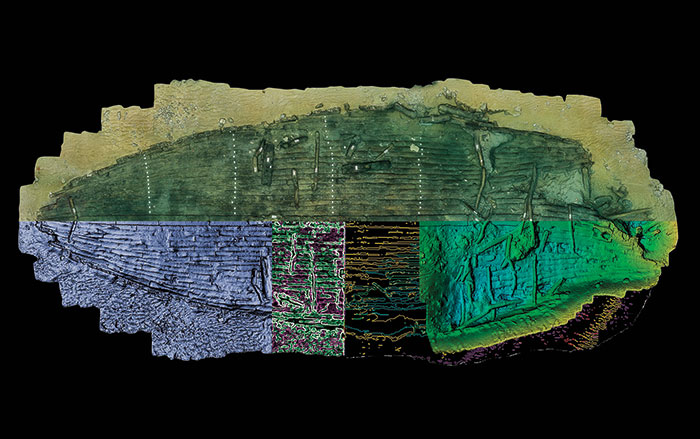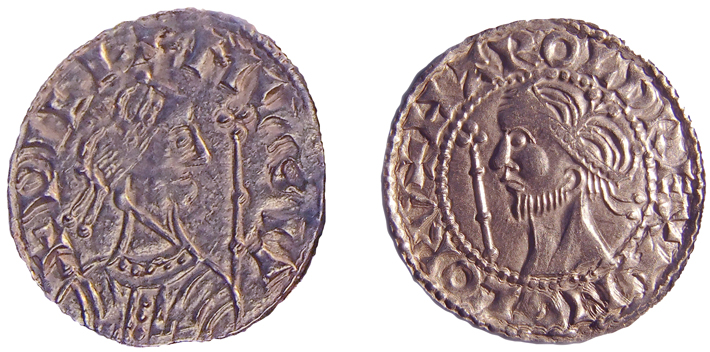
On October 14, 1066, William the Conqueror (r. 1066–1087) defeated the last Anglo-Saxon king of England, Harold Godwinson (r. 1066), at the Battle of Hastings, ushering in Norman rule. According to British Museum researchers, the discovery in southwest England’s Chew Valley of a cache of more than 2,500 silver pennies from the reigns of both kings underscores the political uncertainty of the years surrounding the Norman Conquest.
Most of the 1,236 coins in the hoard that feature Harold’s face were minted in southeast England, which indicates steadfast allegiance to him in the region despite the coming threat of William’s invasion. By contrast, all 1,310 coins featuring William were issued after his Christmas Day coronation, suggesting that by that point his claim to the throne was generally recognized. One coin minter seems to have taken advantage of the tumultuous period following Harold’s death. Two “mule” coins, struck with Harold’s visage on one side and William’s on the other, represent this sneaky minter’s attempt to avoid the expense of purchasing fresh dies to produce new coinage, as was required every few years. All together, the hoard’s coins—some cut into quarters or halves to make smaller denominations—would have been more than sufficient to purchase at least 500 sheep.
